-
 ExperimentWe’ve been doing it for 10 years already: connecting two humans so that one uses their own brain signals to control the other one’s limb. But how about hooking up two limbs of a single human so that one limb can control the other? This is exactly what Gianni Garulli, a hardware and firmware developer from […]
ExperimentWe’ve been doing it for 10 years already: connecting two humans so that one uses their own brain signals to control the other one’s limb. But how about hooking up two limbs of a single human so that one limb can control the other? This is exactly what Gianni Garulli, a hardware and firmware developer from […] -
 Biz— Written by Tim Marzullo — South Korea (called the “Republic of Korea” locally) is a great fit for Backyard Brains. The country is famous for investing heavily in technology and education, having modernized at a mind-boggling pace since the ceasefire of the Korean War (1950-1953). Over the past two years, we have been working closely […]
Biz— Written by Tim Marzullo — South Korea (called the “Republic of Korea” locally) is a great fit for Backyard Brains. The country is famous for investing heavily in technology and education, having modernized at a mind-boggling pace since the ceasefire of the Korean War (1950-1953). Over the past two years, we have been working closely […] -
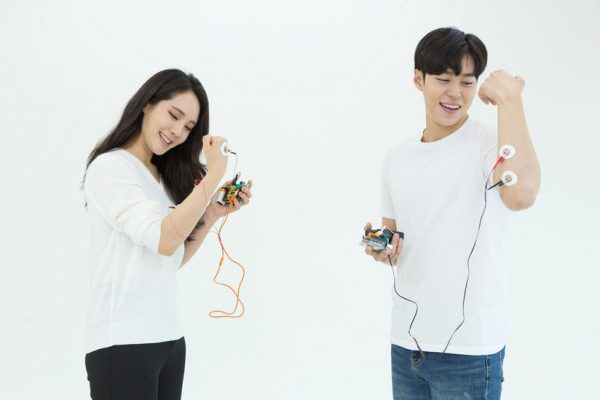 HardwarePicture this: you’re sitting in your bedroom in Germany, video chatting with a friend in South Korea over coffee. You sip your coffee and they have no choice but to sip theirs! That’s exactly what our new prototype, the Wireless Human-Human Interface, is about. It transmits biosignals from one person’s brain to the ulnar nerve in […]
HardwarePicture this: you’re sitting in your bedroom in Germany, video chatting with a friend in South Korea over coffee. You sip your coffee and they have no choice but to sip theirs! That’s exactly what our new prototype, the Wireless Human-Human Interface, is about. It transmits biosignals from one person’s brain to the ulnar nerve in […] -
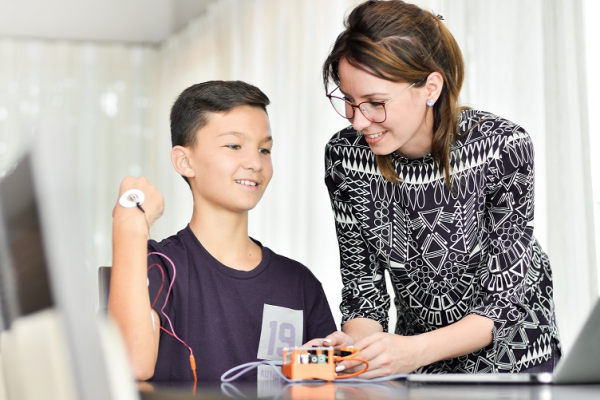 EducationFully remote, fully in-person, or somewhere in a sweet spot between the two. Those are the main safety concerns that are being laid right now in front of the decision makers, on behalf of students, parents, teachers and everyone around them, right at the kickoff of the new academic year. But whichever model prevails, it […]
EducationFully remote, fully in-person, or somewhere in a sweet spot between the two. Those are the main safety concerns that are being laid right now in front of the decision makers, on behalf of students, parents, teachers and everyone around them, right at the kickoff of the new academic year. But whichever model prevails, it […] -
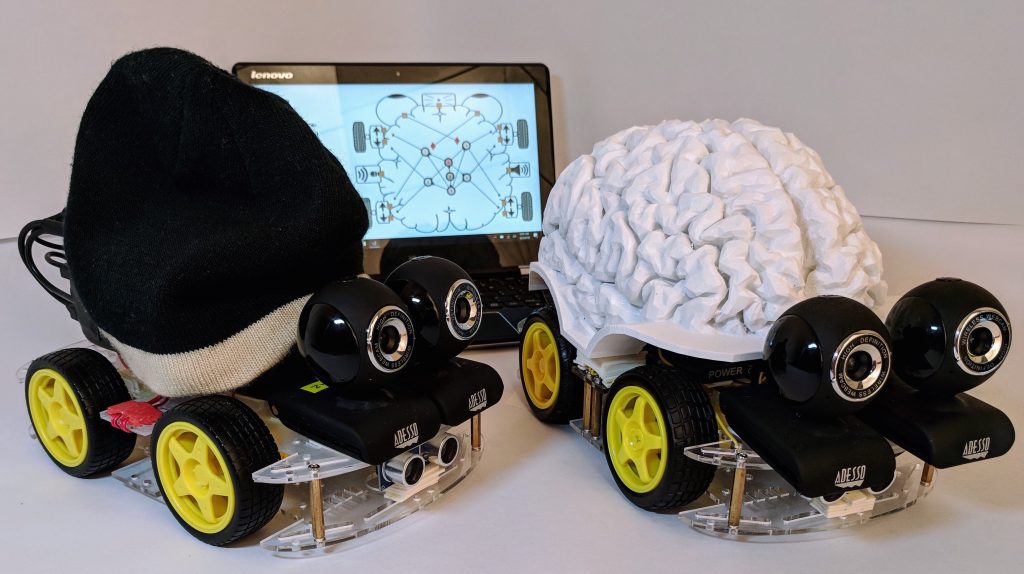 EducationStart the presses! Backyard Brains has a new publication! Our Neurorobot paper is titled “Neurorobotics Workshop for High School Students Promotes Competence and Confidence in Computational Neuroscience.” You can read the article in its entirety on the Frontiers in Neurorobotics website–because we believe neuroscience knowledge is for everyone, and no one should have to pay […]
EducationStart the presses! Backyard Brains has a new publication! Our Neurorobot paper is titled “Neurorobotics Workshop for High School Students Promotes Competence and Confidence in Computational Neuroscience.” You can read the article in its entirety on the Frontiers in Neurorobotics website–because we believe neuroscience knowledge is for everyone, and no one should have to pay […] -
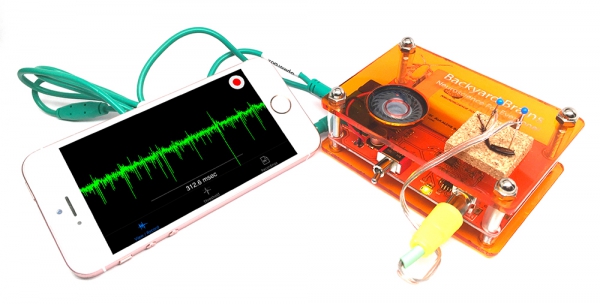 BizHow the SpikerBox Revolutionized K12 STEM Education… and just what is a SpikerBox? Backyard Brains exists today because of a once-lofty goal: To turn a $40,000+ rack of graduate-level electronics into a $100 kit that students could use in the classroom to perform real, hands-on neuroscience experiments. A decade later, we have developed four lines of products […]
BizHow the SpikerBox Revolutionized K12 STEM Education… and just what is a SpikerBox? Backyard Brains exists today because of a once-lofty goal: To turn a $40,000+ rack of graduate-level electronics into a $100 kit that students could use in the classroom to perform real, hands-on neuroscience experiments. A decade later, we have developed four lines of products […] -
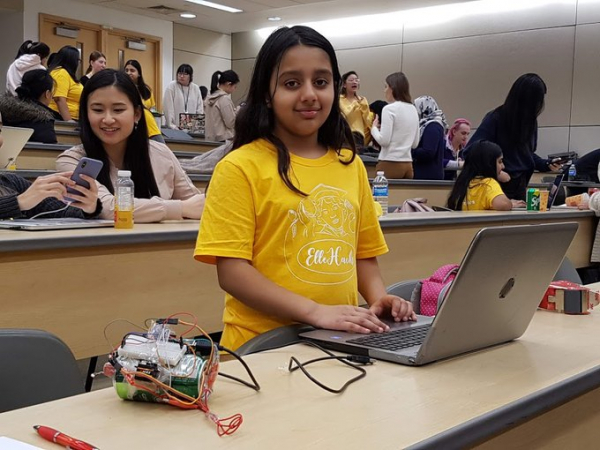 EducationWhat did you do with your weekends when you were 10 years old? We bet it wasn’t participate in a women-driven hackathon where you developed your own functioning neural robot! (We bet you wish you did, though.) Arushi Nath, age 10, recently participated in Elle Hacks 2020, an all-women hackathon hosted by York University […]
EducationWhat did you do with your weekends when you were 10 years old? We bet it wasn’t participate in a women-driven hackathon where you developed your own functioning neural robot! (We bet you wish you did, though.) Arushi Nath, age 10, recently participated in Elle Hacks 2020, an all-women hackathon hosted by York University […] -
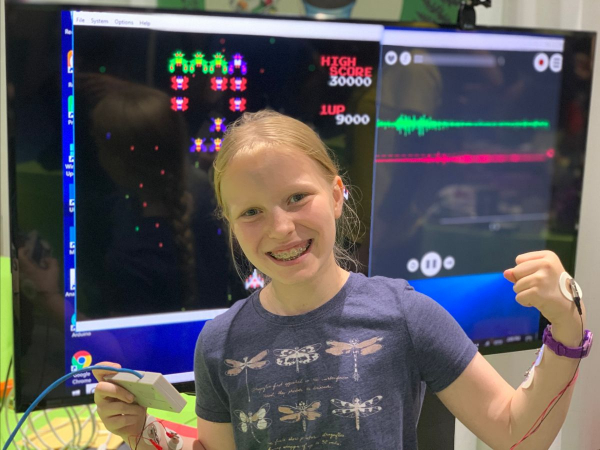 BizAs educators, we are always trying to keep up with our students. We understand that technology is evolving at a rapid pace, and the way students entertain themselves in their free time is changing. Video games are an incredibly popular activity among students of all ages. To best engage with students, our aim is to blend […]
BizAs educators, we are always trying to keep up with our students. We understand that technology is evolving at a rapid pace, and the way students entertain themselves in their free time is changing. Video games are an incredibly popular activity among students of all ages. To best engage with students, our aim is to blend […] -
EducationLast school year we worked with teachers across the country to help bring real, meaningful neuroscience lessons into their classrooms. From 5th grade to university, educators and students loved learning about how the brain works, how we study the brain, and how we engineer devices that can be controlled by the brain! One educator, in particular, […]
-
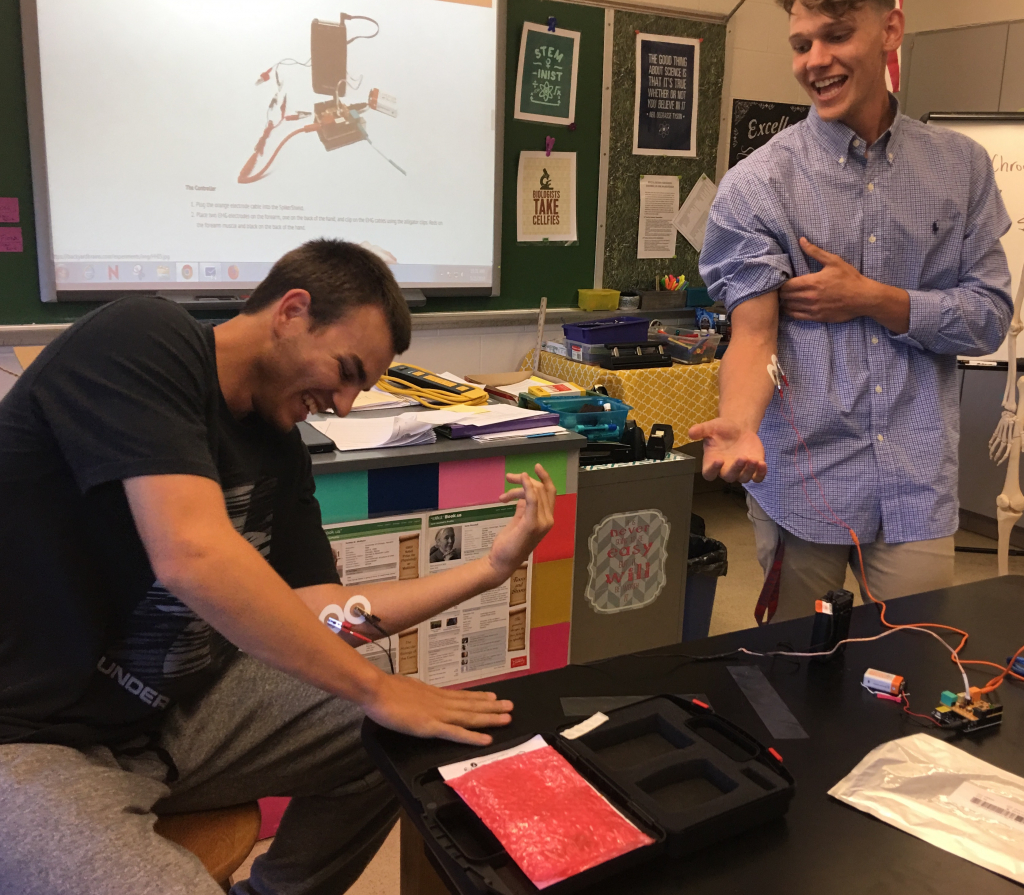 EducationLast year, we were introduced to a number of teachers who wanted to fund their classroom through DonorsChoose–check out our previous blog post about it! Mrs. Kielma is a biology and biotechnical engineering teacher at an urban school, and her DonorsChoose campaign was for a Human-Human Interface to explore biomedical engineering and neuroprosthetics. In her […]
EducationLast year, we were introduced to a number of teachers who wanted to fund their classroom through DonorsChoose–check out our previous blog post about it! Mrs. Kielma is a biology and biotechnical engineering teacher at an urban school, and her DonorsChoose campaign was for a Human-Human Interface to explore biomedical engineering and neuroprosthetics. In her […] -
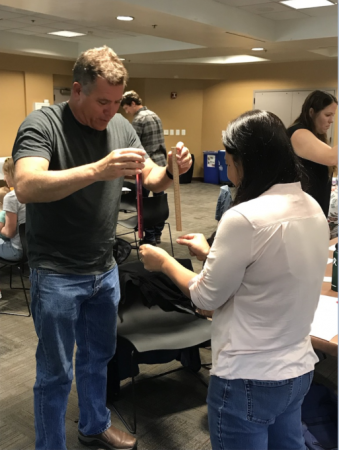 BizRecently we hosted a teacher training workshop in San Diego, featuring some of our newest tools and some new pedagogical strategies! The focus was on the Muscle SpikerBox Pro, Reaction Timer, and Reflex Hammer, which you can see featured in this TEDx Detroit Talk. We received a lot of great feedback, and as part of our “open-source” nature of our company, […]
BizRecently we hosted a teacher training workshop in San Diego, featuring some of our newest tools and some new pedagogical strategies! The focus was on the Muscle SpikerBox Pro, Reaction Timer, and Reflex Hammer, which you can see featured in this TEDx Detroit Talk. We received a lot of great feedback, and as part of our “open-source” nature of our company, […] -
 BizGrant Providers Agree, Neuroscience is Worth the Investment Several months ago, Mr. Skoczylas, an Elementary Tech Coordinator, was trying to figure out how to best introduce young students in his district to the intersection of Life Sciences and STEM. As you know, at Backyard Brains, our tools and labs make it easy for students to […]
BizGrant Providers Agree, Neuroscience is Worth the Investment Several months ago, Mr. Skoczylas, an Elementary Tech Coordinator, was trying to figure out how to best introduce young students in his district to the intersection of Life Sciences and STEM. As you know, at Backyard Brains, our tools and labs make it easy for students to […]